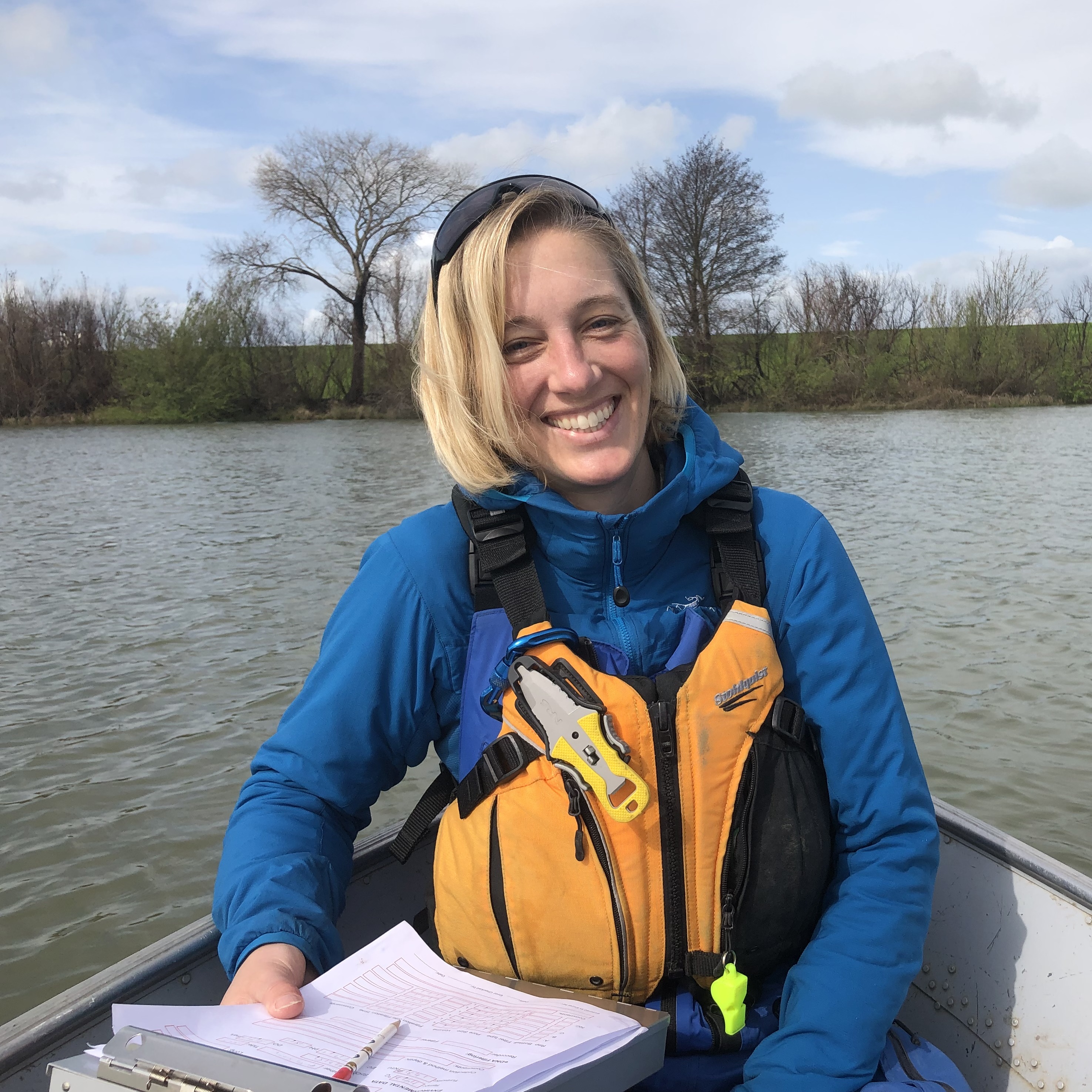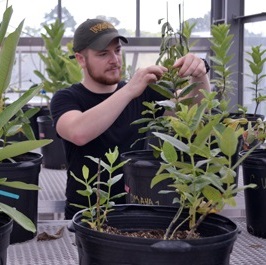GCA Coastal Wetlands Scholarship Award Recipients
Award Recipients in 2019

Mary Schoell, a Master's student at Yale University, intends to piece together the history of salt marsh migration into coastal forests along Long Island Sound by understanding how sea-level rise and storm events have influenced forest die-back through. She notes that as sea levels rise, marshes are migrating landward to higher elevations. In many cases along the New England coastline, forests are the predominant marsh-bordering upland type. Marsh migration into coastal forests may be particularly challenging, given that trees are persistent and resilient.

Ann Holmes, a Ph.D. student at the University of California – Davis, is conducting a non-invasive biodiversity assessment of estuarine wetlands using environmental DNA. Assessing biodiversity in aquatic wetlands with traditional methods has drawbacks and limitations. This project aims to develop non-invasive genetic methods for assessing biodiversity in Suisun Marsh, an ecologically important wetland in the San Francisco Estuary. Environmental DNA (eDNA) sampling has advantages over traditional sampling and could improve conservation, restoration, and management of wetlands in the San Francisco Estuary and other regions.

David De La Mater, a Ph.D. student at Duke University, is studying how elevated temperatures and excessive nutrients in the water (eutrophication) interact to affect the feeding on and traits of cordgrass – a salt marsh foundation species. Through this project, he hopes to understand how the threats of climate change will impact salt marsh ecosystems, with the ultimate goal of providing information with which to develop ecology-based conservation and restoration interventions.

Samuel Bickley, is a Ph.D. student at Auburn University. His project seeks to understand how freshwater inputs associated with increased development along the northern Gulf of Mexico coast will impact the salinity regimes of tidal creeks, and how this will affect fringing salt marshes. This project will examine how increased fluctuation and magnitude of salinity variation impacts resident fish species' trophic status, ecosystem metabolism, and biogeochemical cycling within the salt marsh.

